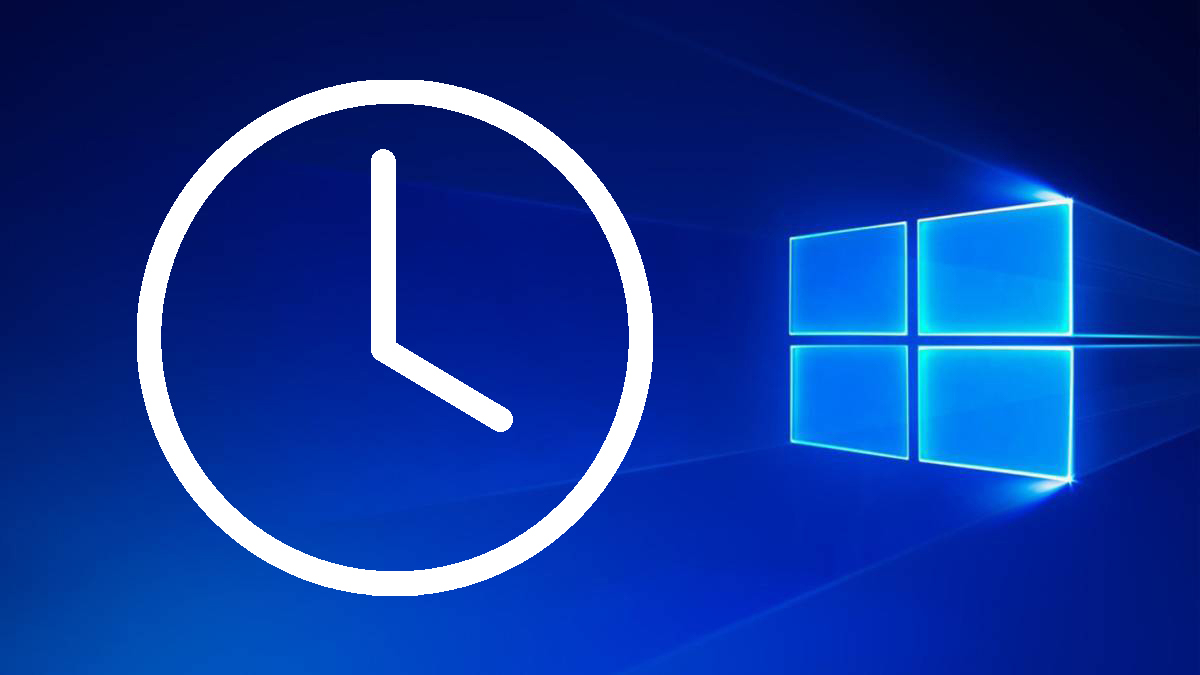
When Microsoft officially released Windows 10 in August 2015, this new version of Windows surprised everyone and for good as worked the same or better than Windows 7 on the same computers. Since its launch, Microsoft has been releasing new features and has stopped offering support for Windows 7, one of the best versions of Windows in recent years.
Windows, like any other operating system, needs applications so that each user can get the most out of it. Every time we install a new application, even if they are created by the company itself (such as Office), the registry of our team is modified, which in the long run, It affects the performance of Windows 10.
This problem is not exclusive to Windows, since we can find it in each and every operating system, whether on mobile devices, consoles, tablets and even on other desktop operating systems such as macOS and Linux. The fastest solution for improve the performance of our team is to format and start from scratch, a solution that takes time and that not many users are willing to.
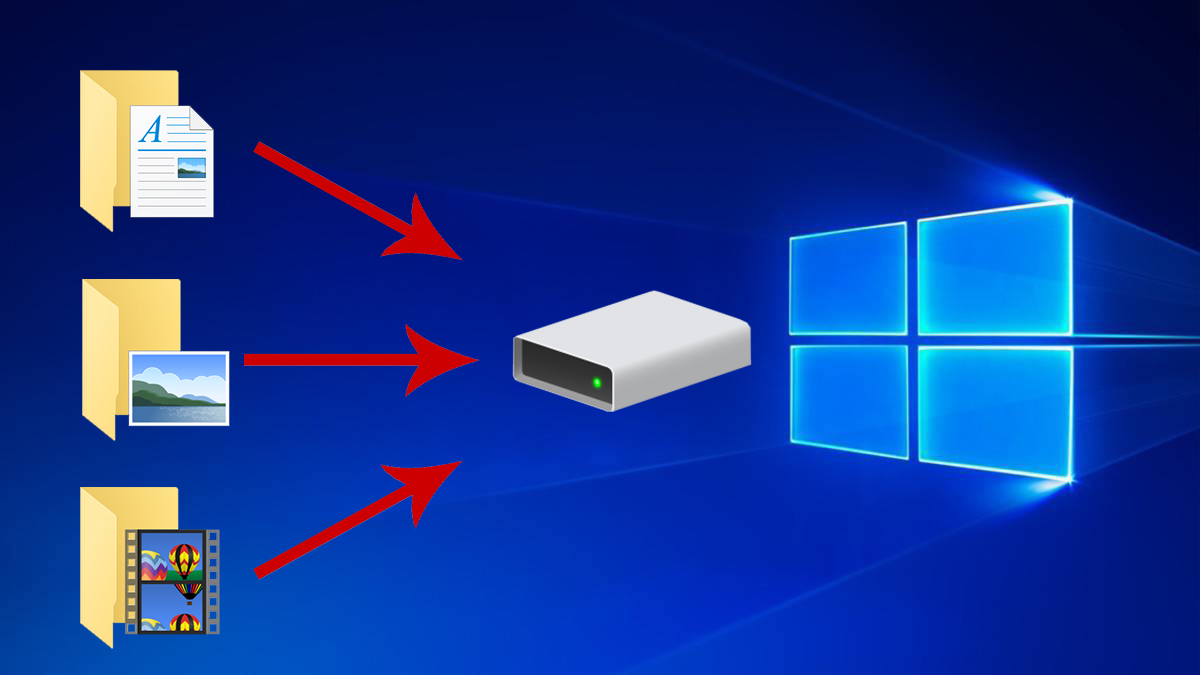
Fortunately, we have other options before we cut our losses and erase the entire hard drive for a clean installation of Windows 10. If you want to know how to improve Windows 10 performance I invite you to continue reading:
Check which applications are started on our computer
Many are the applications that when we install them, are included in the start of our equipment, a practice that unfortunately they do not warn us and in most cases they are one of the main performance issues of our team, especially when starting them for the first time, since they are running in the background.
Why do they do it? So that when starting that application, the charging time of the same is as short as possible, since it is running in the background, also affecting the performance and available memory of our computer.
Fortunately, Windows 10 allows us to quickly check which applications are running in the background every time we start Windows, applications that we can quickly deactivate following the steps that I detail below.
Remove apps from Windows 10 startup
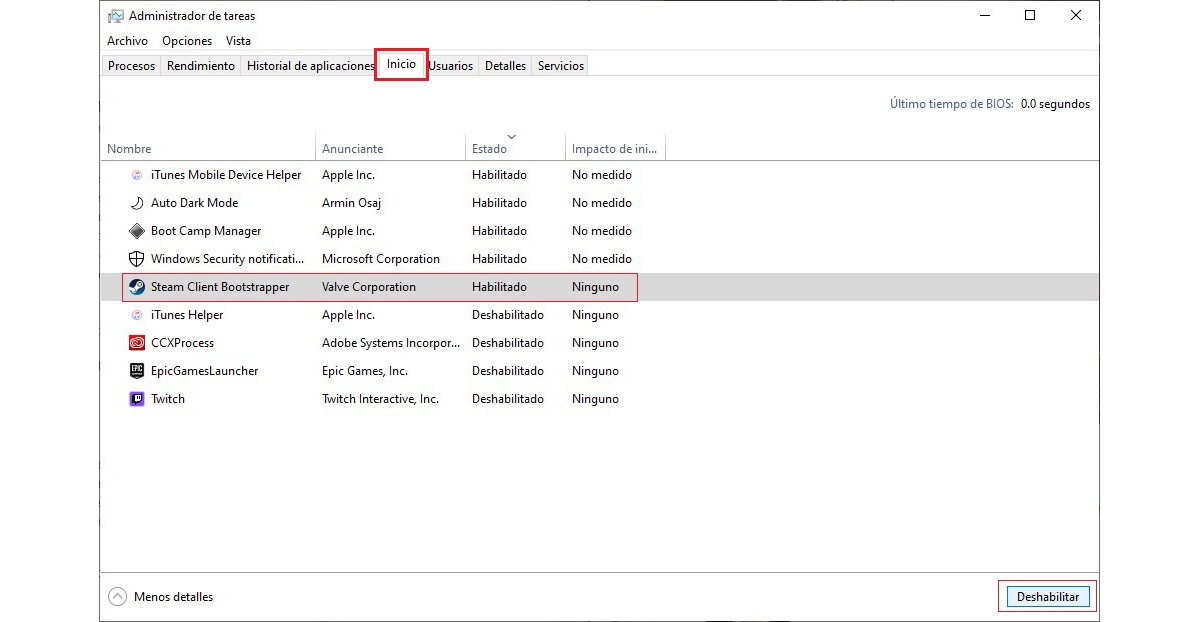
- First of all, we must access the Task Manager jointly pressing the Ctrl + Alt + Del keys and select Task Manager.
- In the dialog box that is displayed, click on the tab Home.
- To disable an application from the start menu we select it with the mouse and click on the Disable button located in the lower right corner.
Uninstall apps
La mania that some users have to install any application, is harmful to equipment. As I have commented above, every time we install non-native applications, the computer modifies the Windows registry, a registry that is filling up with references to applications that must be taken into account at all times in the event that we need to run them in sometime.
This mania, because we cannot call it otherwise, is even worse, when it comes to applications that allow us make functions that are already available natively on Windows. In addition, they occupy valuable space that we can use for other more important tasks such as storing our photographs, films, documents ...
How to delete apps in Windows 10
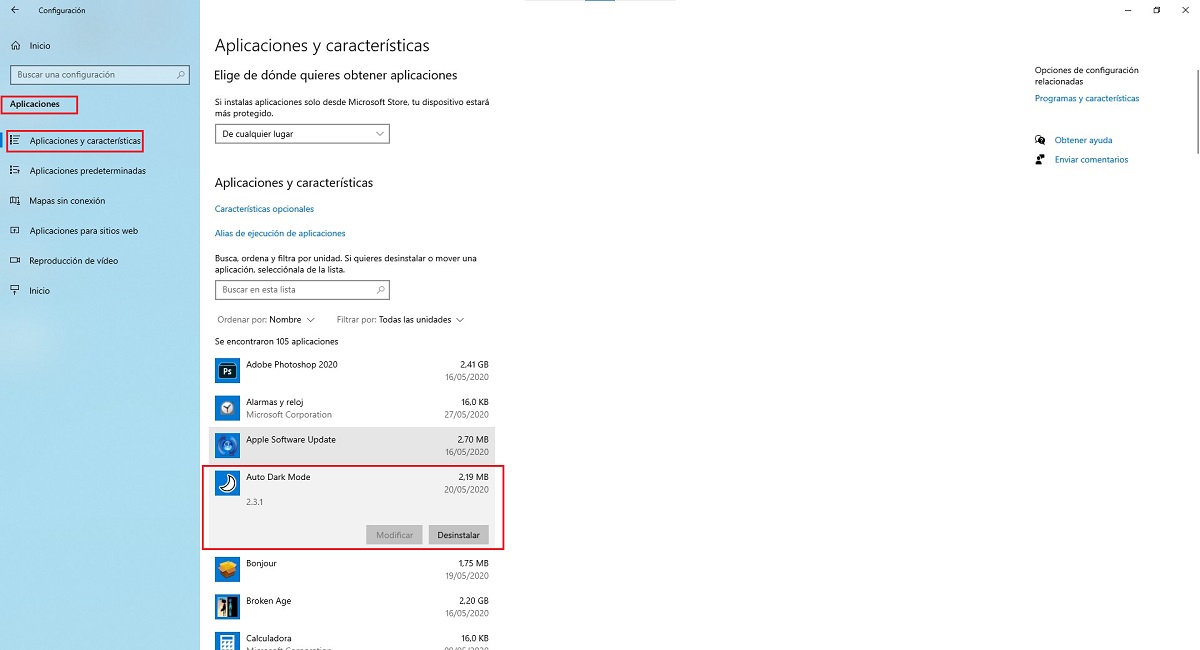
- To eliminate the applications that we do not use on our computer, we must access the Windows configuration options via the key combination Windows key + i.
- Next, click on Applications> Applications and Features.
- Next, we go to the right column and we select with the mouse which application we want to eliminate.
- When selected with the mouse, the button will be displayed. uninstall. By clicking on that button, Windows 10 will start the uninstallation process.
Disable file indexing
File indexing in Windows 10 allows the computer quickly find all documents that we have stored on our computer, a process that during the first days after installing Windows 10, slows down the computer since all the files are scanned to create a record of where they are so when we do a search to find them quickly.
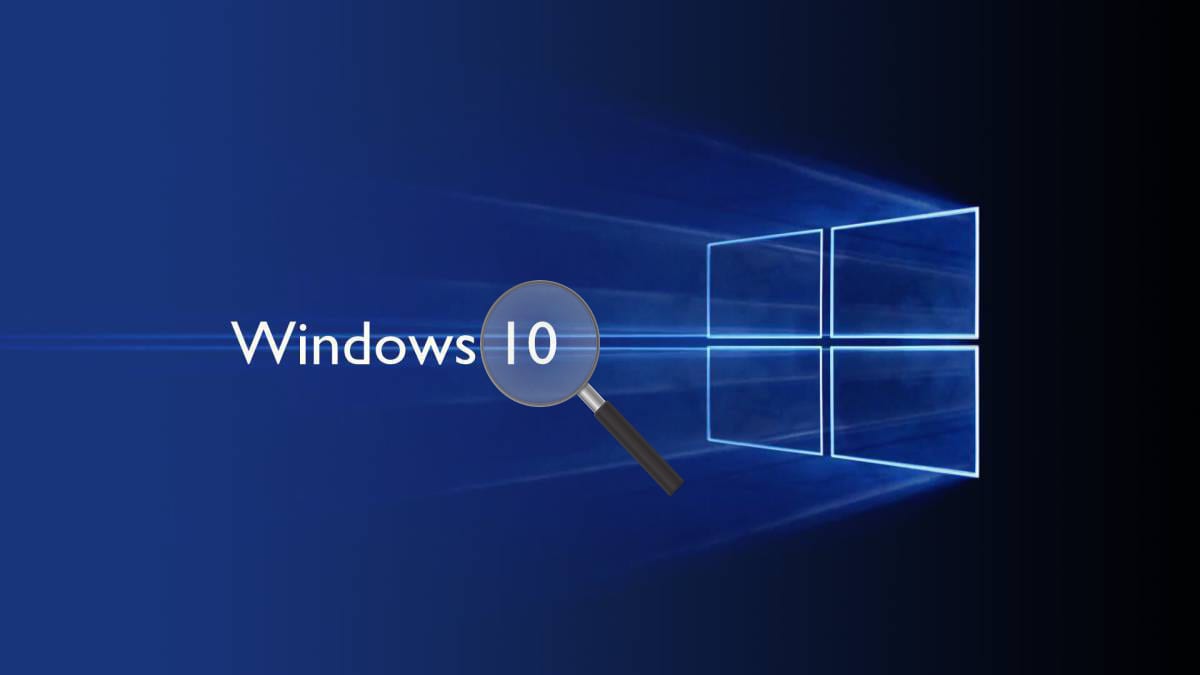
If our equipment is somewhat old, and if the hard drive is also mechanical, it is advisable to disable this option. By deactivating it, we force the team to scan the entire hard drive every time we want to search for a specific file.
To prevent file searches from being slow by disabling file indexing, we can start to adopt a directory structure where we store all the files so that we do not have to resort to Windows searches.
How to disable file indexing
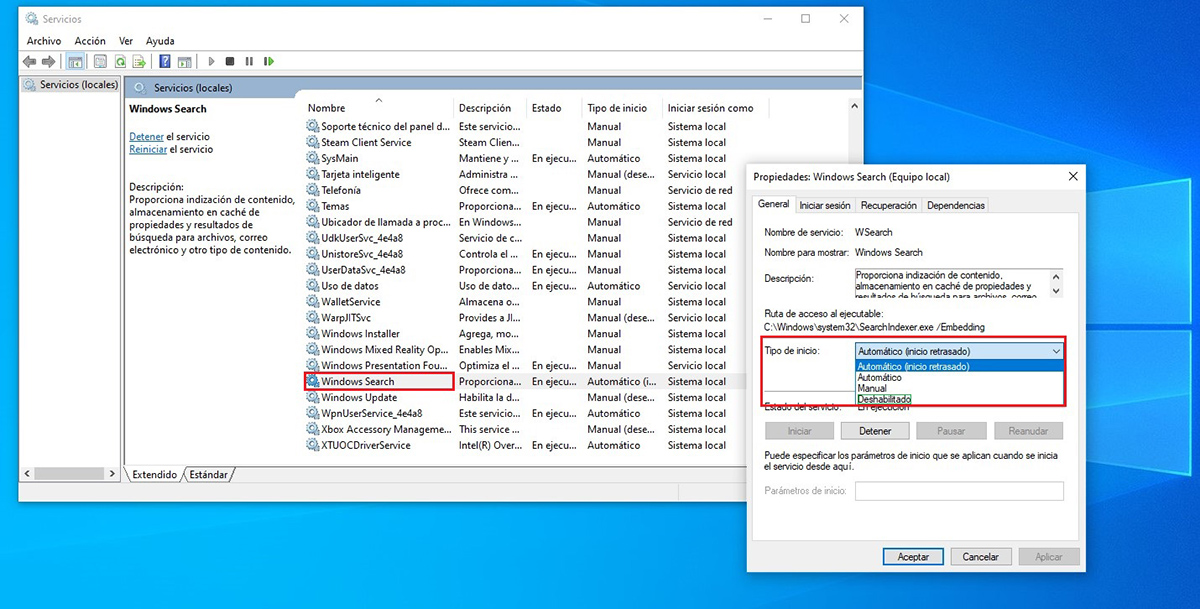
The quickest method to disable Windows natively enabled indexing is with services.msc, by performing the following steps:
- The Cortana search box we must enter services.msc
- Next, we look for the option Windows Search and click twice to open the options dialog box.
- In the option Start type, click on the drop-down box and select Disabled.
Turn off animations and transparencies
The animations that Windows shows us are very aesthetically pleasing on modern computers that can work with them without messing up. Like the transparencies of both the applications and the menus.
However, when the team is short of resources, each animation and each transparency requires graphic resources of our team. If our team is a few years old and we are not planning to renew it soon, if we want to improve its performance we must deactivate the animations and transparencies.
How to disable animations and transparencies in Windows 10

- To eliminate the applications that we do not use on our computer, we must access the Windows configuration options through the key combination Windows key + i.
- Then we press Accessibility> Display.
- In the right column, we scroll to the section Simplify and customize Windows.
- Within this section we must deactivate the switches Show animations in Windows y Show transparency in Windows.
Check the temperature of your equipment
Over time, both laptops and desktops, accumulate a large amount of dirt inside, dirt that can affect the computer's cooling system, the fans, which in turn can cause the temperature of the processor to heat up and its performance to drop significantly.
The maximum operating temperature of a processor stands at 70 degrees. If it is much higher, it is a clear symptom that there is something that is not working correctly, either because of the dirt that is inside or because the thermal paste of the processor has stopped working (in the latter case the equipment it should turn off automatically and won't let us continue working).
How to measure the temperature of our equipment
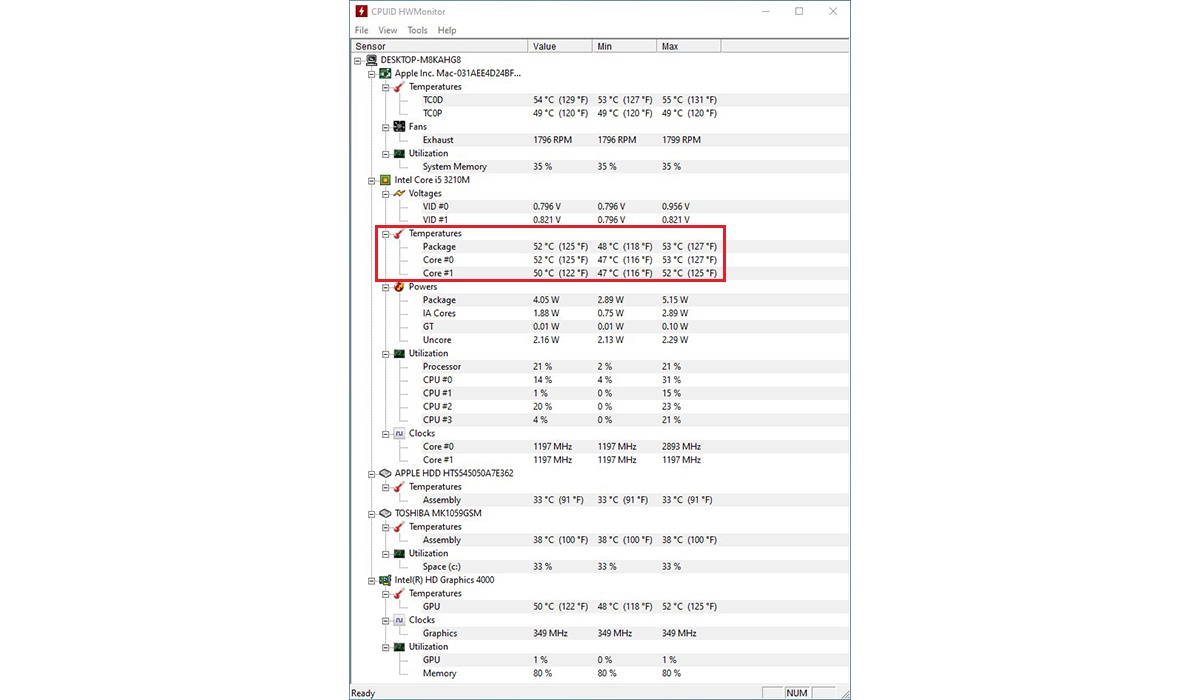
One of the best applications to improve the temperature of both the processor and the rest of the components of our equipment is HWMonitor, an application that informs us in real time of the temperature of the processor / s, the hard disk, the motherboard ... it will show the temperature of the different components of our equipment.
Close the applications that we are not going to use
Windows 10, like macOS and Linux, does not automatically close those applications that we have not used for a while in order to free up resources for the applications that we have running at that moment. To prevent applications that we are not using from consuming resources on our computer, once we have finished working with them, we must close them to free up memory so that the application that we are using works in a faster way taking advantage of all the resources on the computer.
Many are the users who refuse to close the applications they do not use because its execution time is very high. The cache, in addition to being used for many other things, is also very useful in these cases. Once we have opened an application, even if we close it, it will remain cached for a while in case we need to reopen it.
Defragment your hard drive
Organizing files correctly so that Windows can find them faster is defragmenting. Mechanical hard drives (the traditional 3,5-inch ones) do not store information digitally (like SSDs) but rather record and erase information on a physical diskHence, the writing and reading speed is much slower than SSD hard drives.
Windows 10 automatically takes care of defragmenting the hard drive every week (it is natively set that way). However, if we just installed Windows 10 and have copied a lot of information to hard drive, we must defragment it so that all the information is as ordered as possible and in its place. This feature is only available on mechanical hard drives, not on SSD hard drives.
How to defragment your hard drive
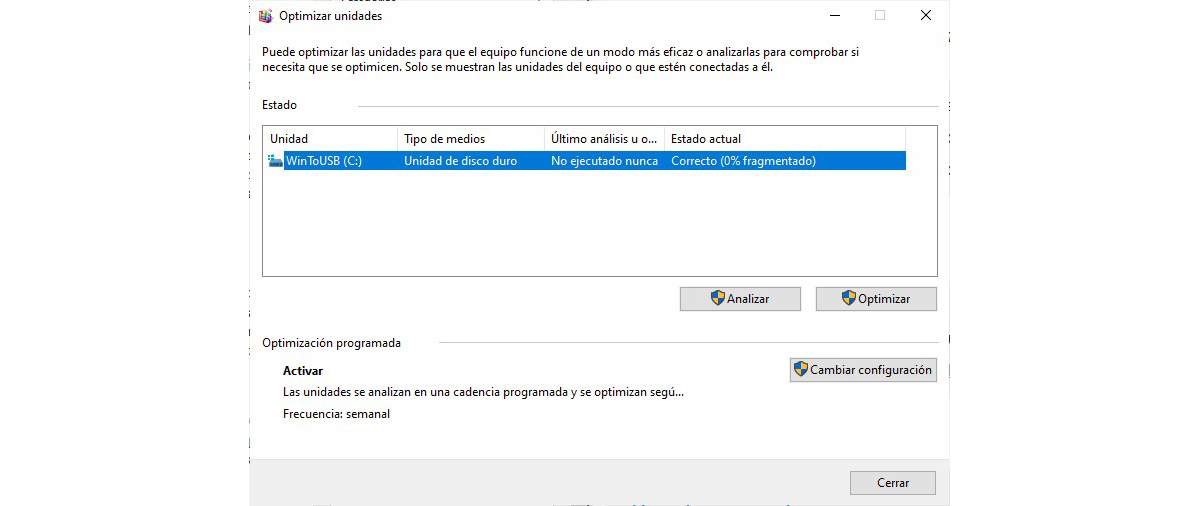
- To access Drive Defragmenter, the quickest way is typing Defragment in Cortana's search box and run the first result that appears.
- If the current state is 0% fragmented, it means that everything works correctly on our hard drive and we do not have to perform any operation. If not, we must click on Optimize so that the task of reorganizing the files of our team on the hard disk can begin.
- When you click Optimize, the first thing you do is analyze the state, so it is not necessary to select this option before directly optimizing the hard disk.
My computer is still slow
If despite all the advice that we have shown you in this article, your team its performance has barely improvedWe still have two resources at our disposal, resources that go through changing two components of our computer: memory and hard disk.
All laptops allow us to easily change both the hard disk and the RAM memory by removing the screws from the covers located at the bottom of the equipment, a very fast and simple process that it does not require computer skills.
If it is a desktop computer, the process is very similar, since we only have to replace one component with another. The connections of each component are completely different For which you do not run the risk of putting a hard disk where the memory, the graphics card or the HDMI output of the equipment goes.
Expand RAM
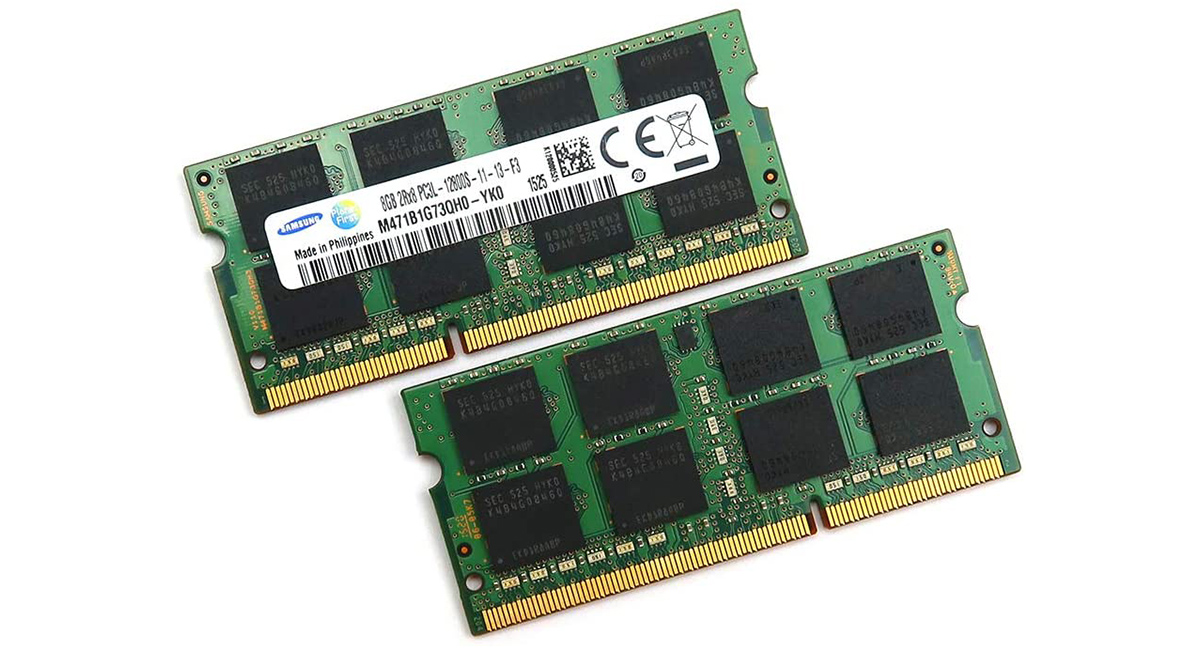
RAM memory, is used to run the applications on our computer. The more memory our equipment has, the less use it will have to make of the hard disk (virtual memory) to be able to run the applications. If your computer is managed by 4 GB of RAM, most likely you can expand, at least up to 8 GB in total by buying a memory module.
Exchange the mechanical hard drive for an SSD
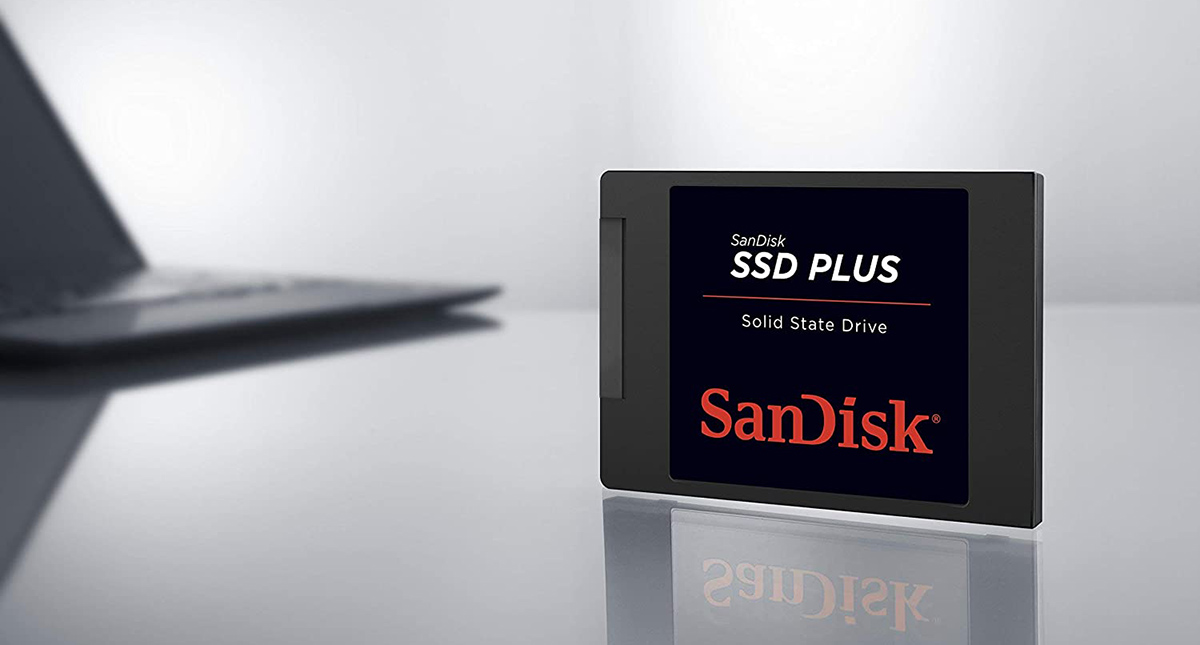
As I have commented above, mechanical hard drives offer us some much slower data read and write values than SSDs, since the information is physically stored on a disk. SSD hard drives store information digitally, so all information is always at hand when Windows 10 needs it.
Obviously, the price of a mechanical hard drive is not the same as an SSD, since the latter are more expensive. However, for just under 50 euros, We buy a 240GB hard drive to install the applications we use every day and use our computer's hard drive as an external storage unit to store photos, videos, files, Windows 10 backups ...